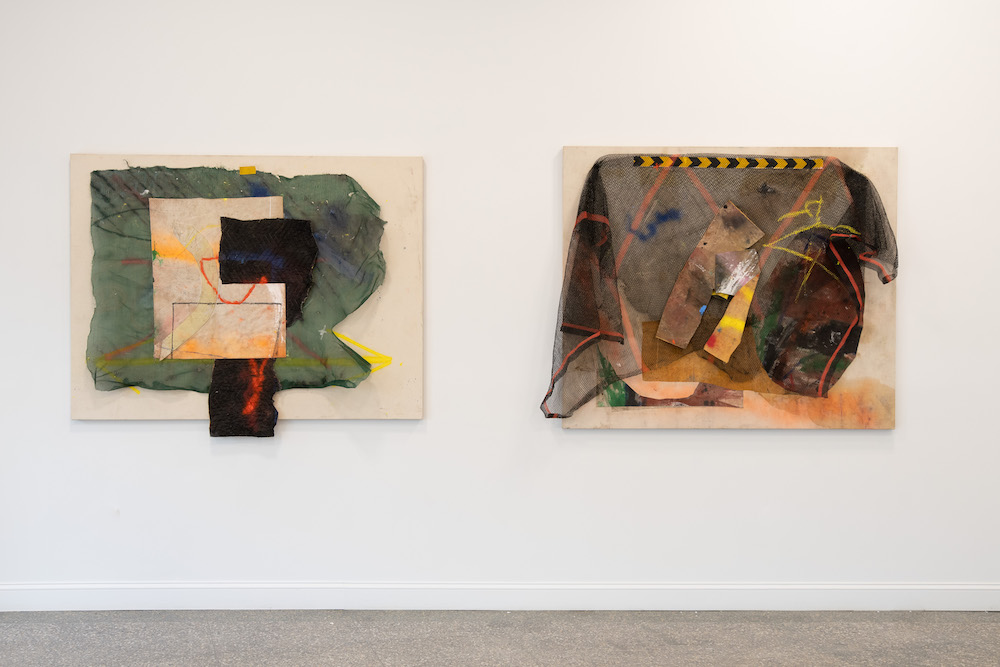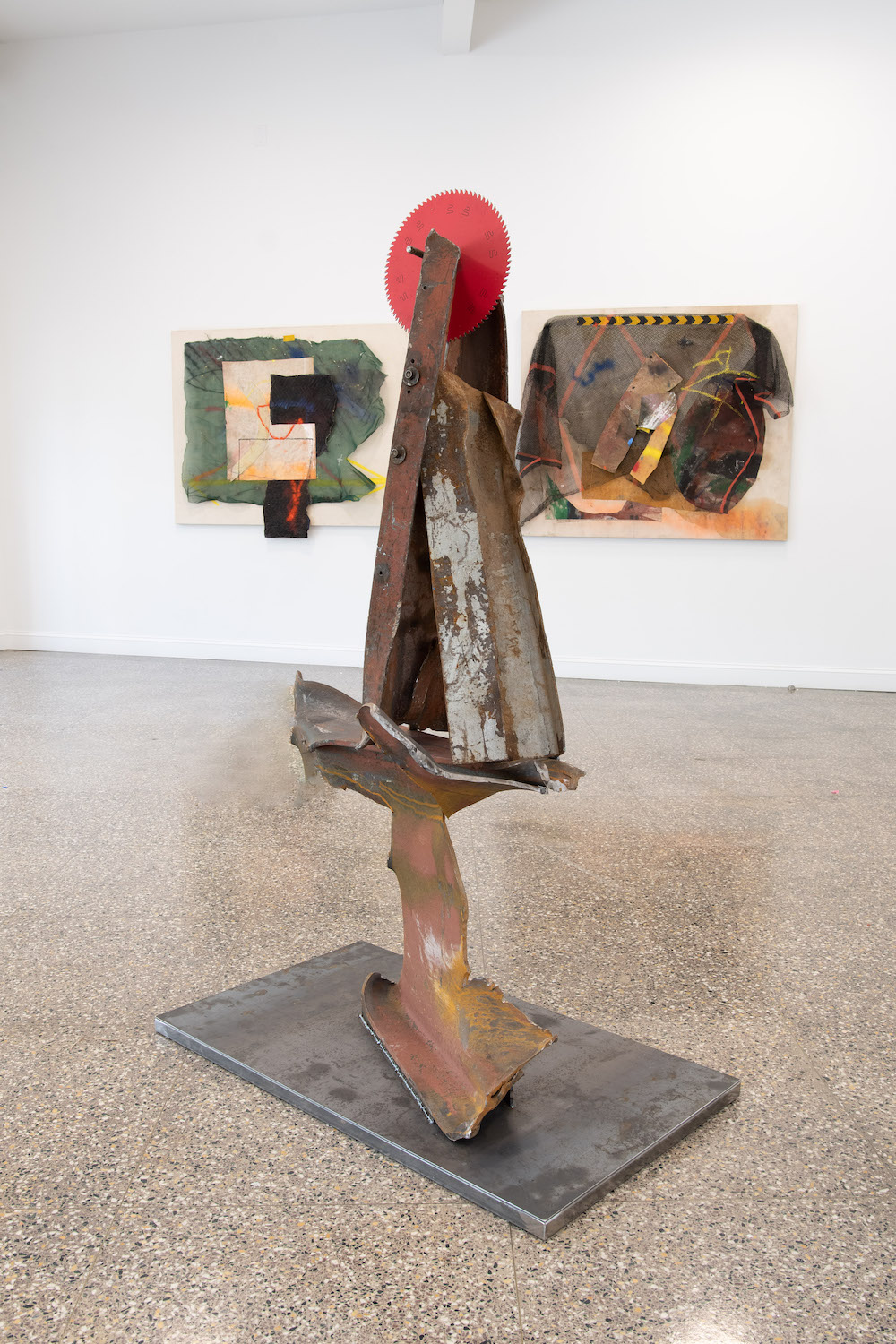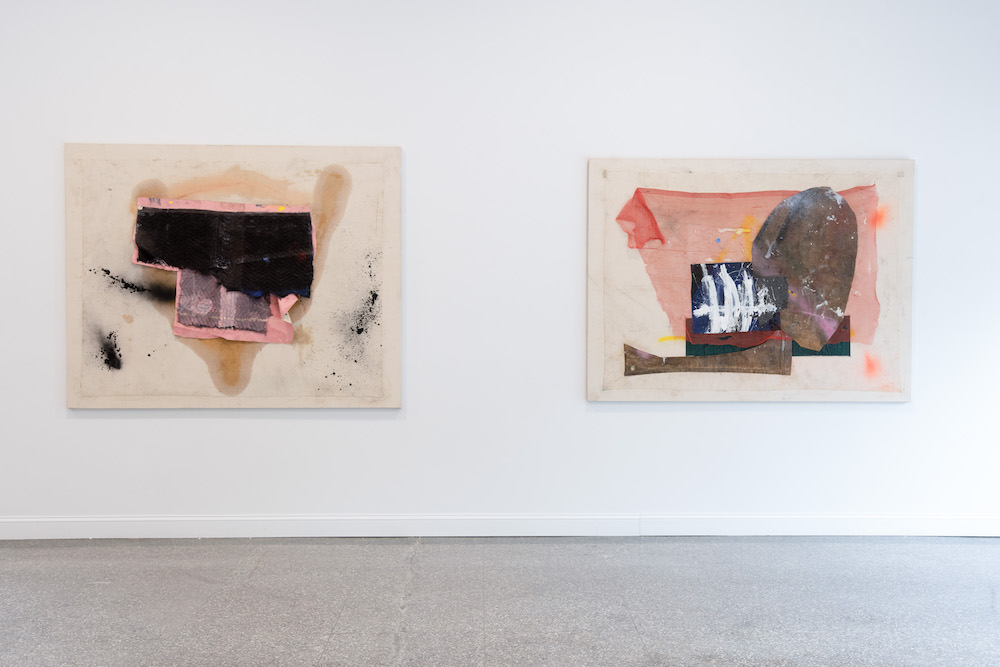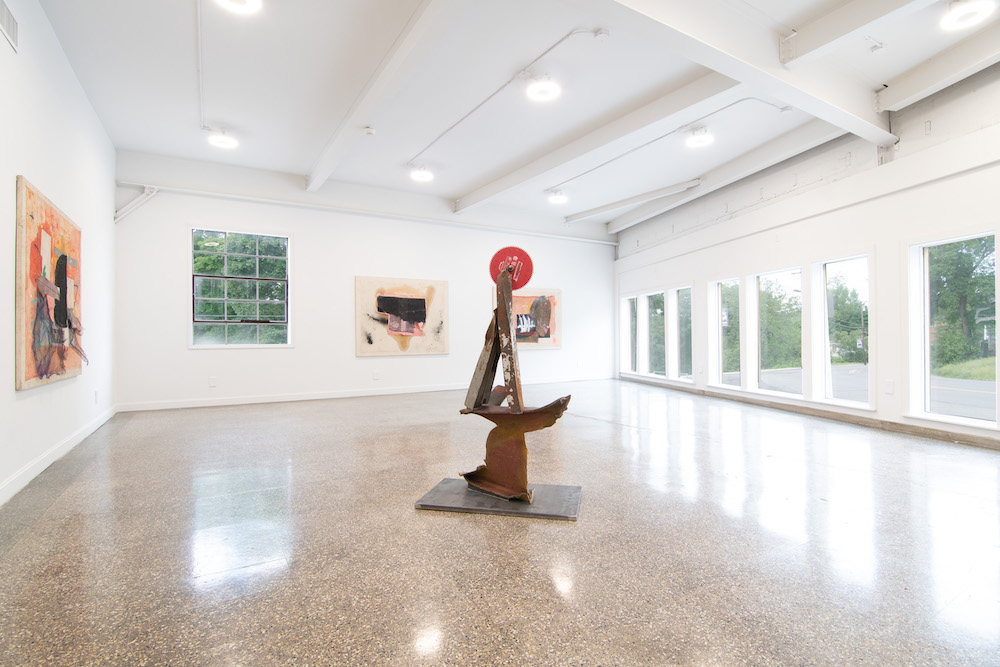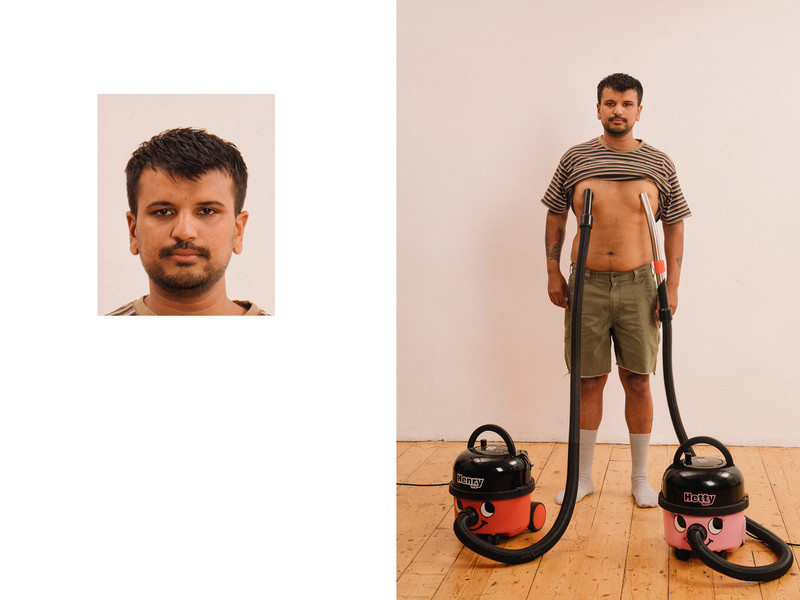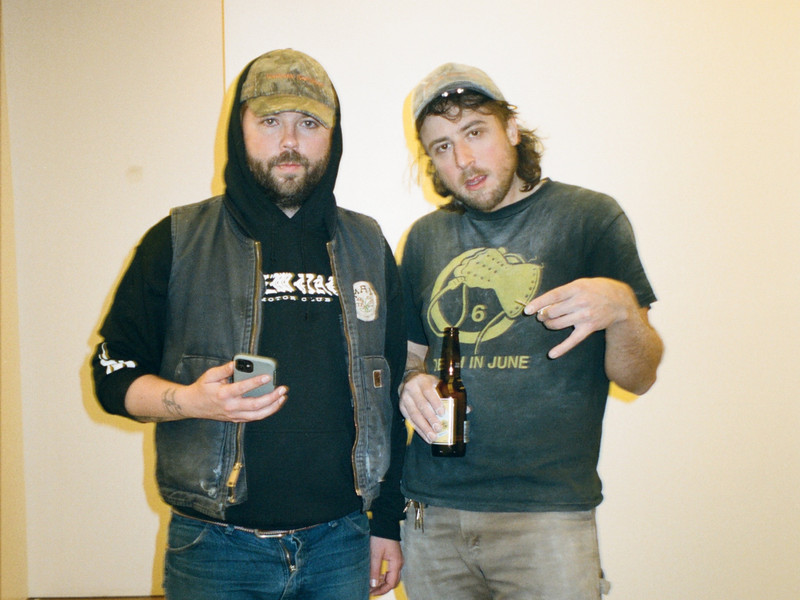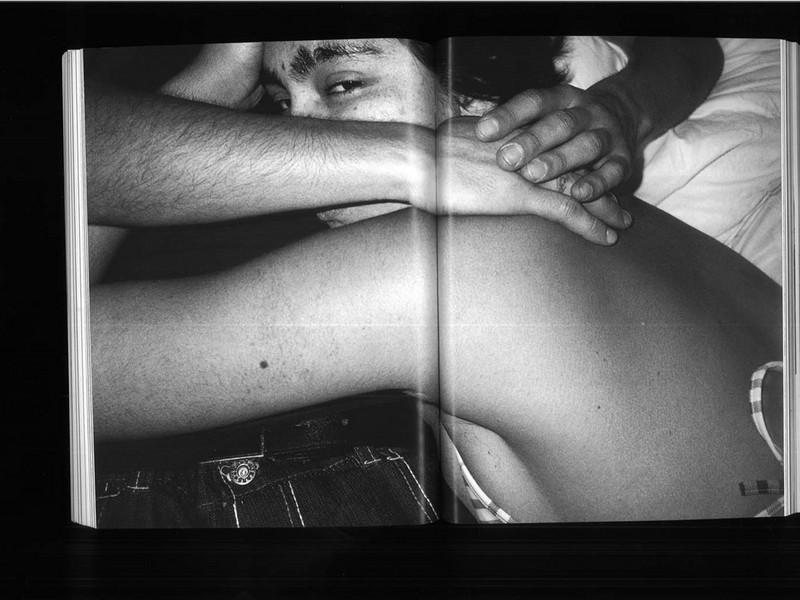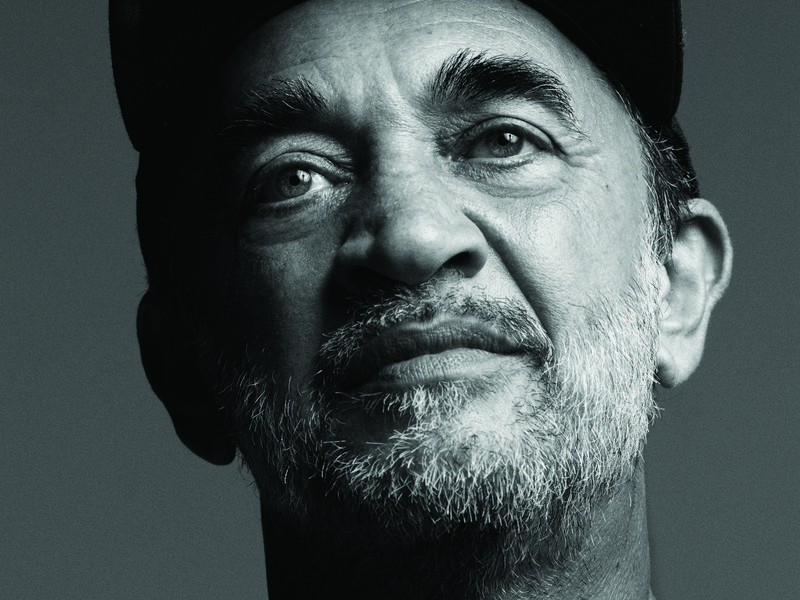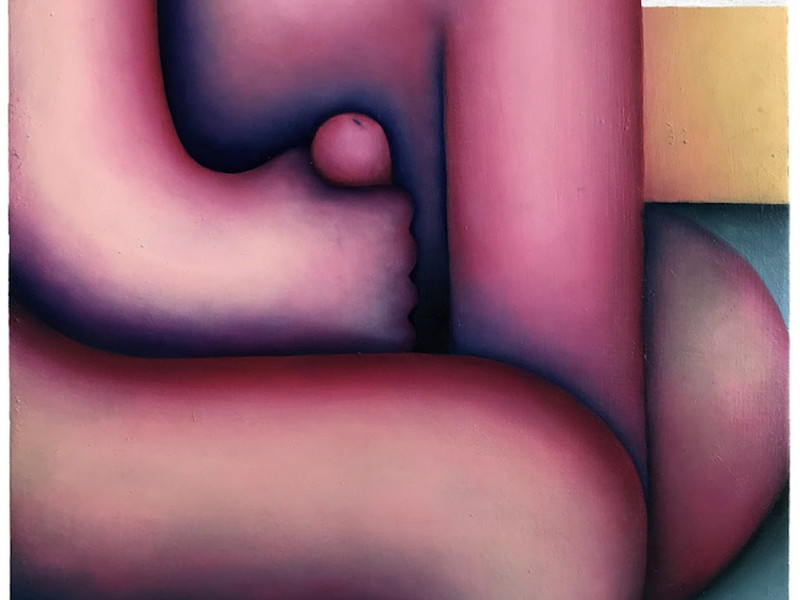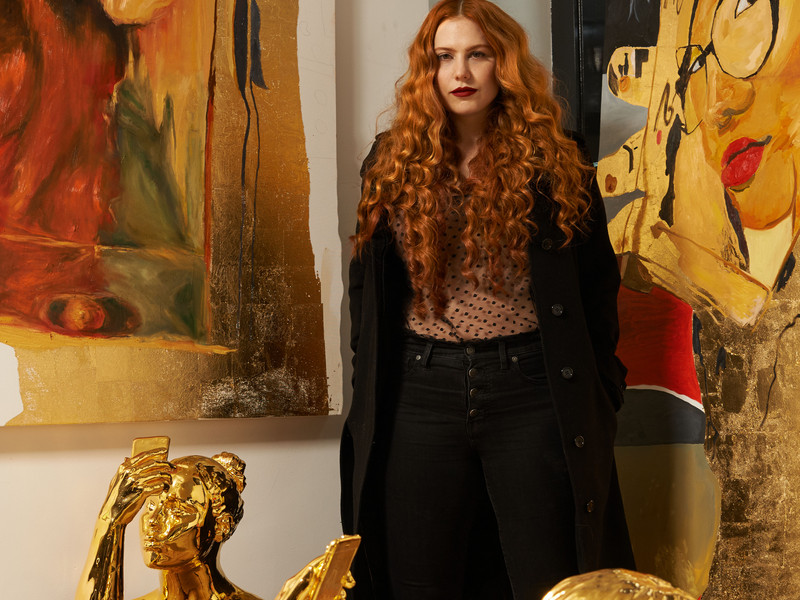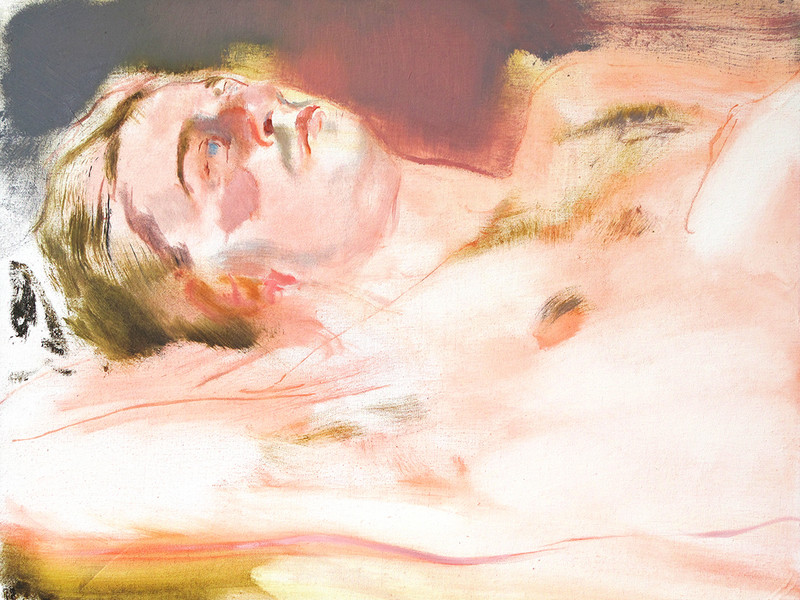A Collective Exhale with João Salomão
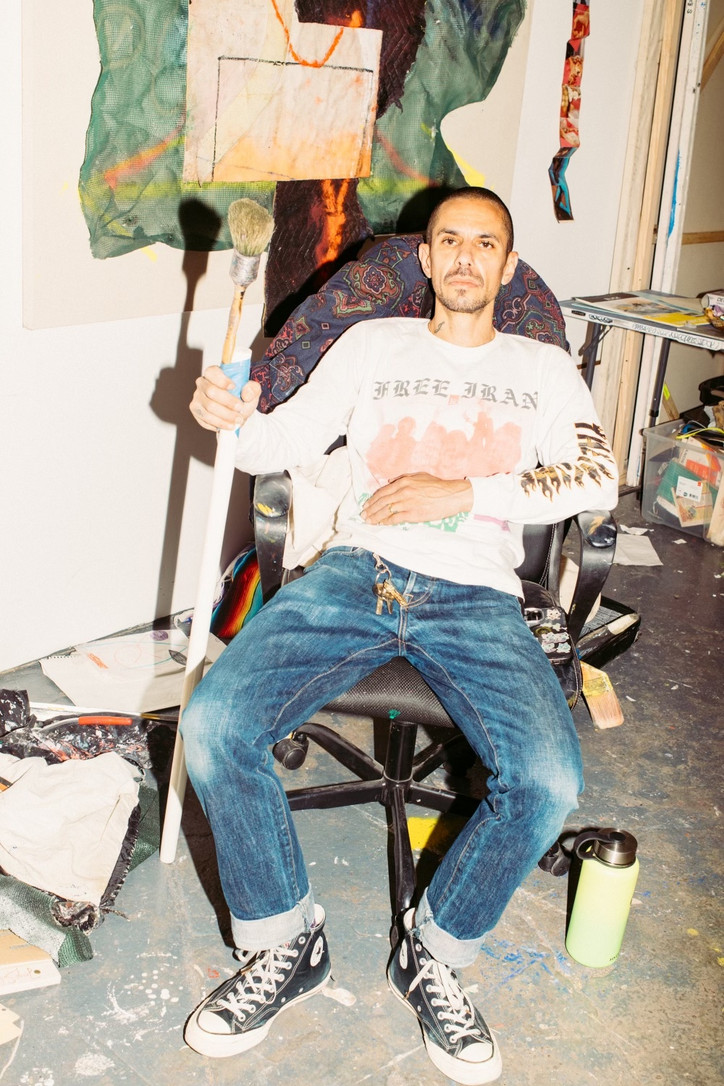
Raised by artist parents who imbued much of his cultural understanding during his upbringing, Salomão traversed childhood with an insatiable thirst for knowledge and an innate curiosity. "What I gained from my parents was very precious. My mom and my dad were kind of these encyclopedias of culture," reflects the New York-based artist.
Growing up amidst Brazil's Tropicália movement, a creative and musical revolution that was born from Bossa Nova and the oppressive regime of the time, Salomão was exposed to a golden era of music that sparked a profound awakening within him. While his parents were spiritual seekers, it was music that served as his initial gateway to the spiritual realm, a connection that still resonates deeply in his life today. "My first connection with the spirit world was actually playing Jimi Hendrix’s music," he explains. "During that journey, I realized there’s something else besides this reality. We can also paint our reality from the inside out. I didn't even know how to really play [guitar], but I was in a trance. I connected with the music, and I was in a trance with this spiritual world."
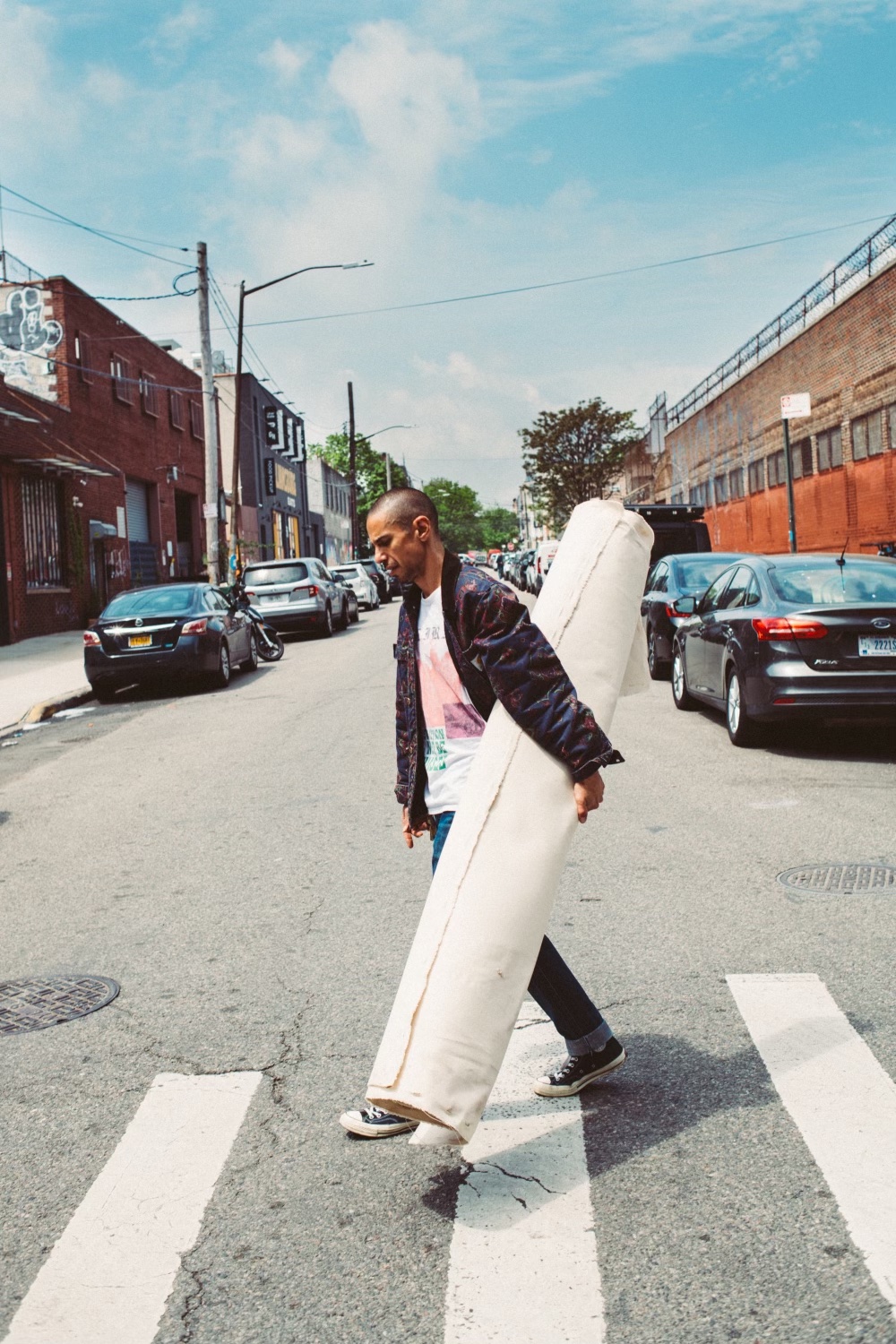
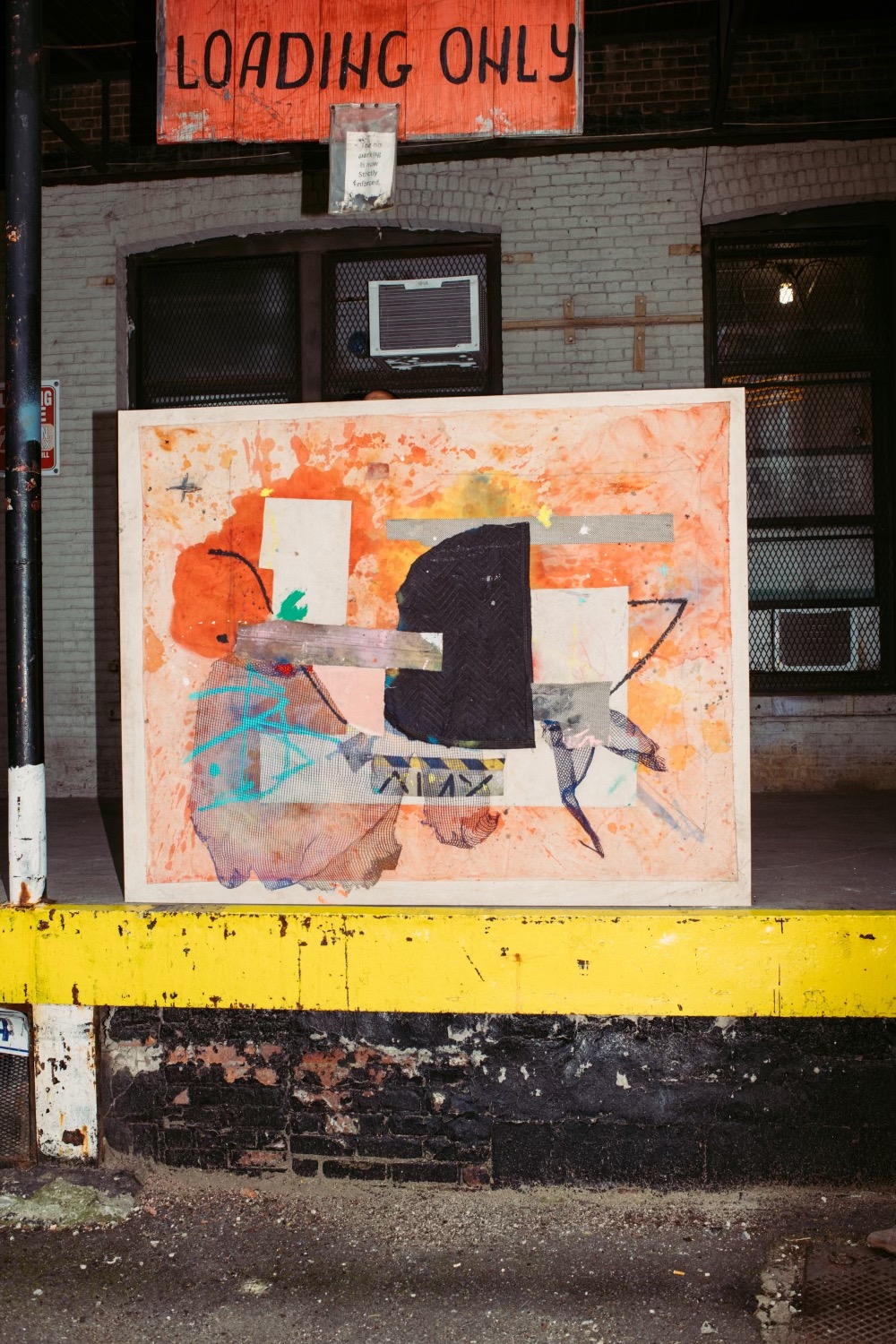
Drawing inspiration from the music of the 1960s and 1970s, delving into the writings of Carlos Castaneda, and immersing himself in Afro-Brazilian Yoruba, Buddhism, and Tarot, Salomão's spiritual immersion in Brazil was just the beginning, laying the groundwork for how he would navigate life and express himself creatively.
Arriving in New York in the 90s, 15-year-old Salomão found himself in the underground punk scene of the Lower East Side, skateboarding and playing in bands while absorbing all the cultures that inhabited the neighborhood. “I feel like New York was such a poetic place back then, where it was raw, the Lower East Side, the village was so raw” Salomão recounts.
Navigating the concrete jungle, the multidisciplinary artist discovered graffiti as a means of self-expression beyond his musical pursuits. "I had this urge to express myself, and it came through graffiti. I started to paint this name, this rebel name called ‘PIXOTE.’ It became a mantra. It was very much about me finding myself and my individuality," Salomão explains. "Putting up your name, you become a part of this landscape, this urban landscape. This opened the door to the visual arts, where I feel like all art forms are interconnected."
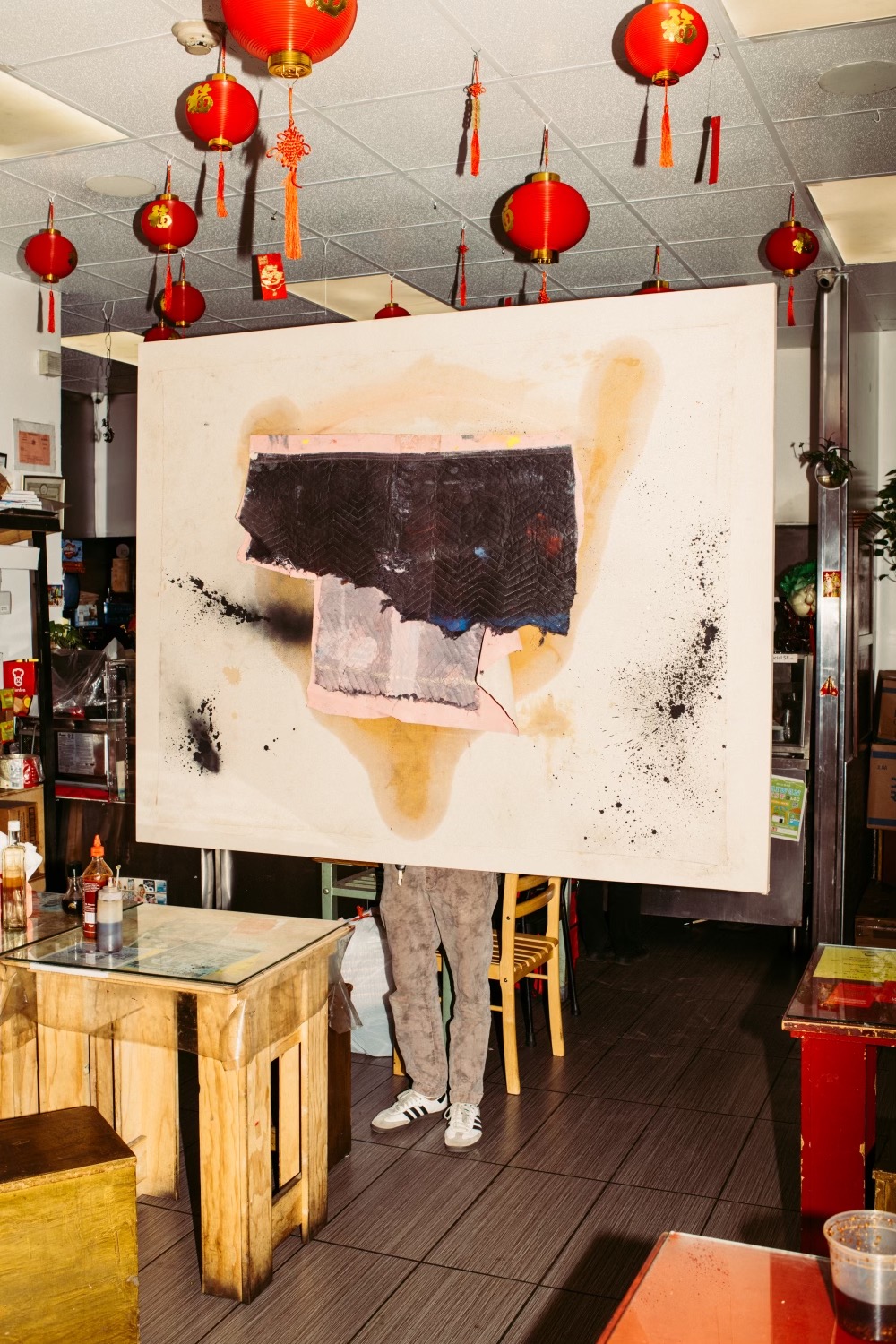
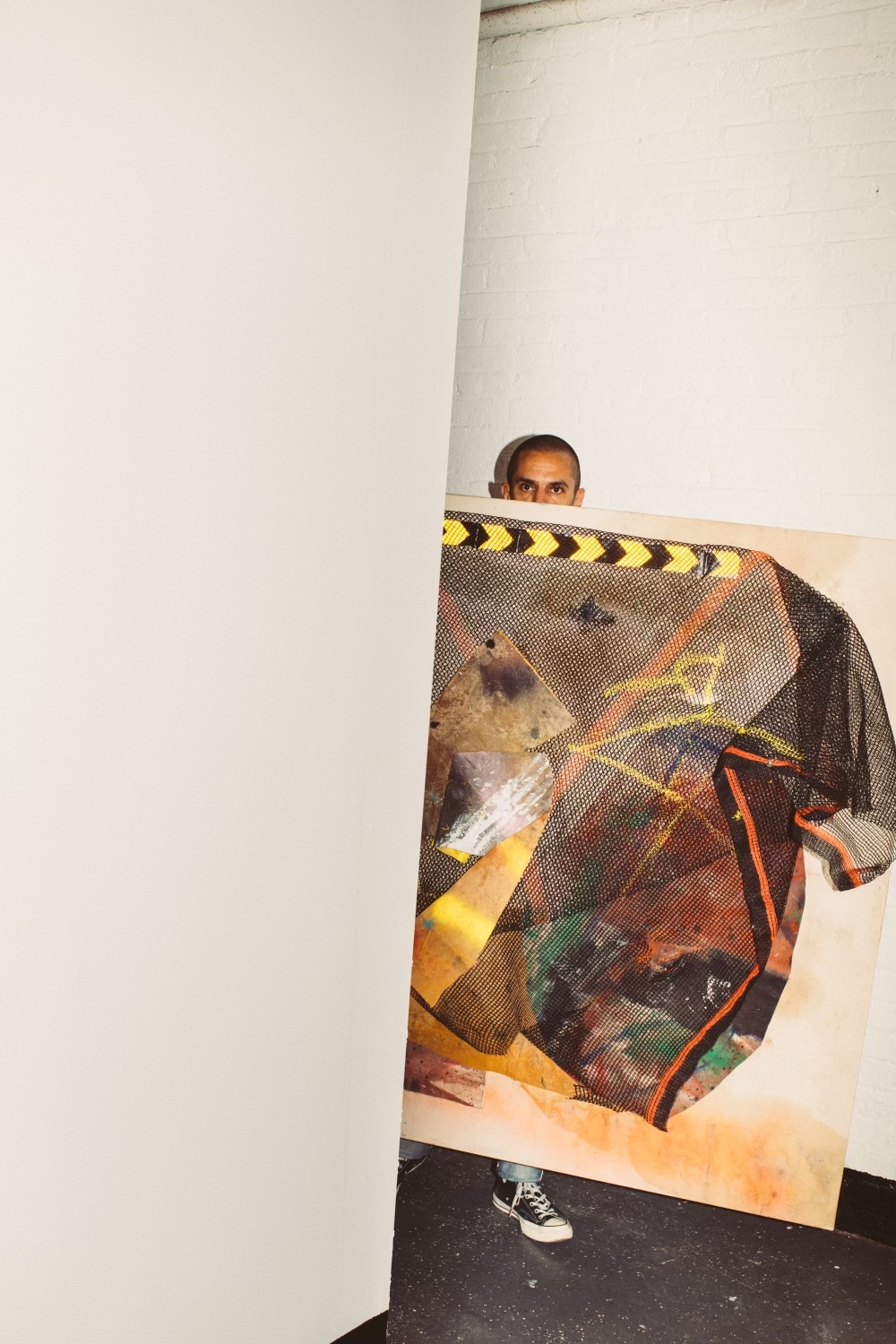
Since venturing into visual art, Salomão has continuously pushed the boundaries of his craft, refusing to conform to the constraints of medium or categorization. "I'm more of a visual poet or a multimedia artist. I don't particularly say I'm a painter. Even when I paint, I feel like an alchemist because I'm dealing with energy. And, that's how I see paintings or art being a tool of healing. A tool of actually bringing people outside of this normal reality, and to embrace this mythical world."
For Salomão’s latest offering for his solo show “CIRCO DE VISÕES," paintings, works on paper, and sculptures act as vessels for abstractions of daily life. Creating an assemblage of found objects from scrap metal to Salomão’s father's journal entries, creative brevity ties the work together. “There is a notion of freedom in each artwork that I do, almost like a tarot card. I embrace this freedom. I don't have a form of how I'm gonna make actions, but I have this little connection with the work, which it's kind of a spiritual dialogue with each work” the intentional artist expresses while the sun illuminates his silhouette. “I let the paint lead the way. I prime the canvas, and then a lot of times, I leave some coffee stain, oil stain, or linseed oil, letting the stain lead the way of how I want to build this art form.”
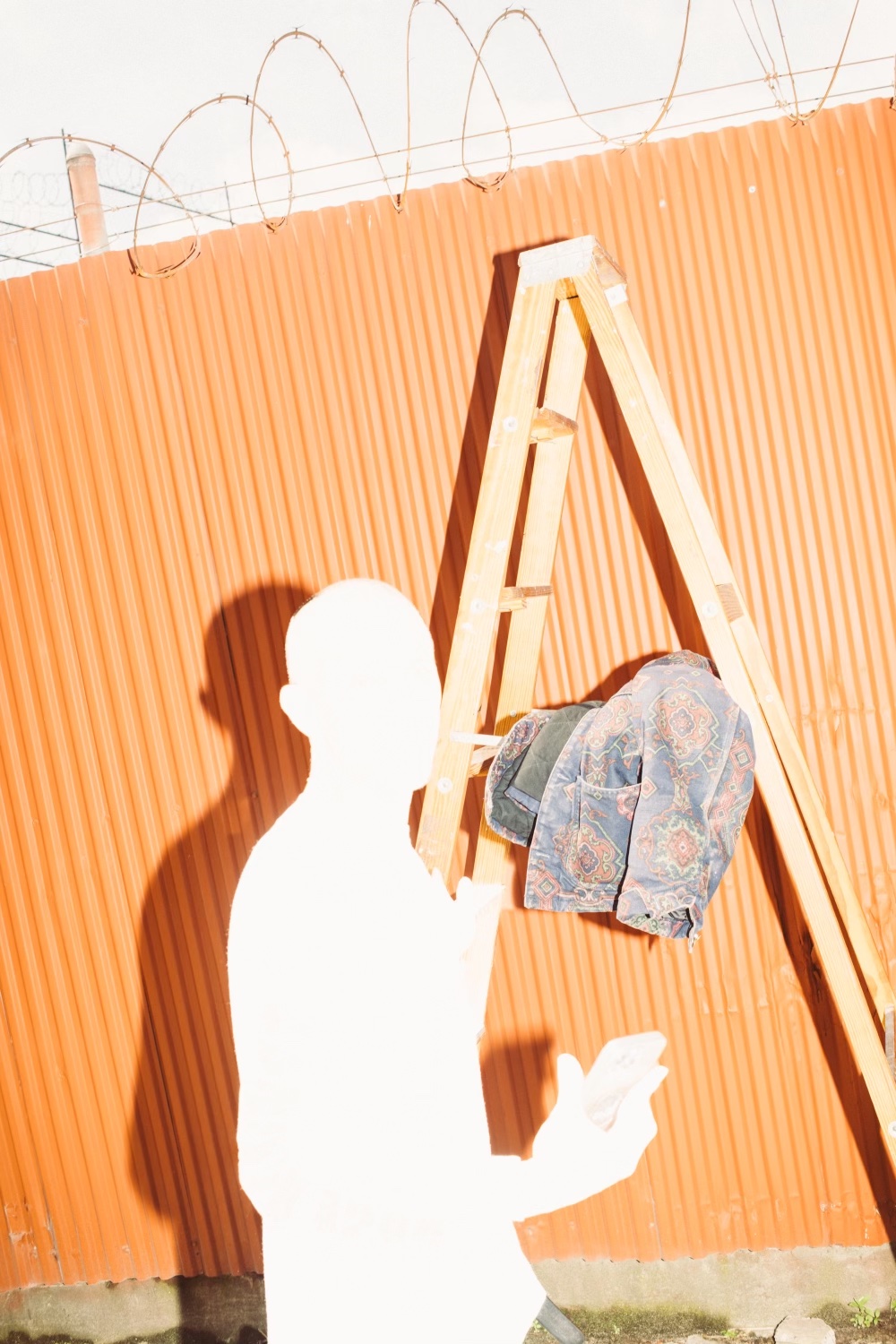
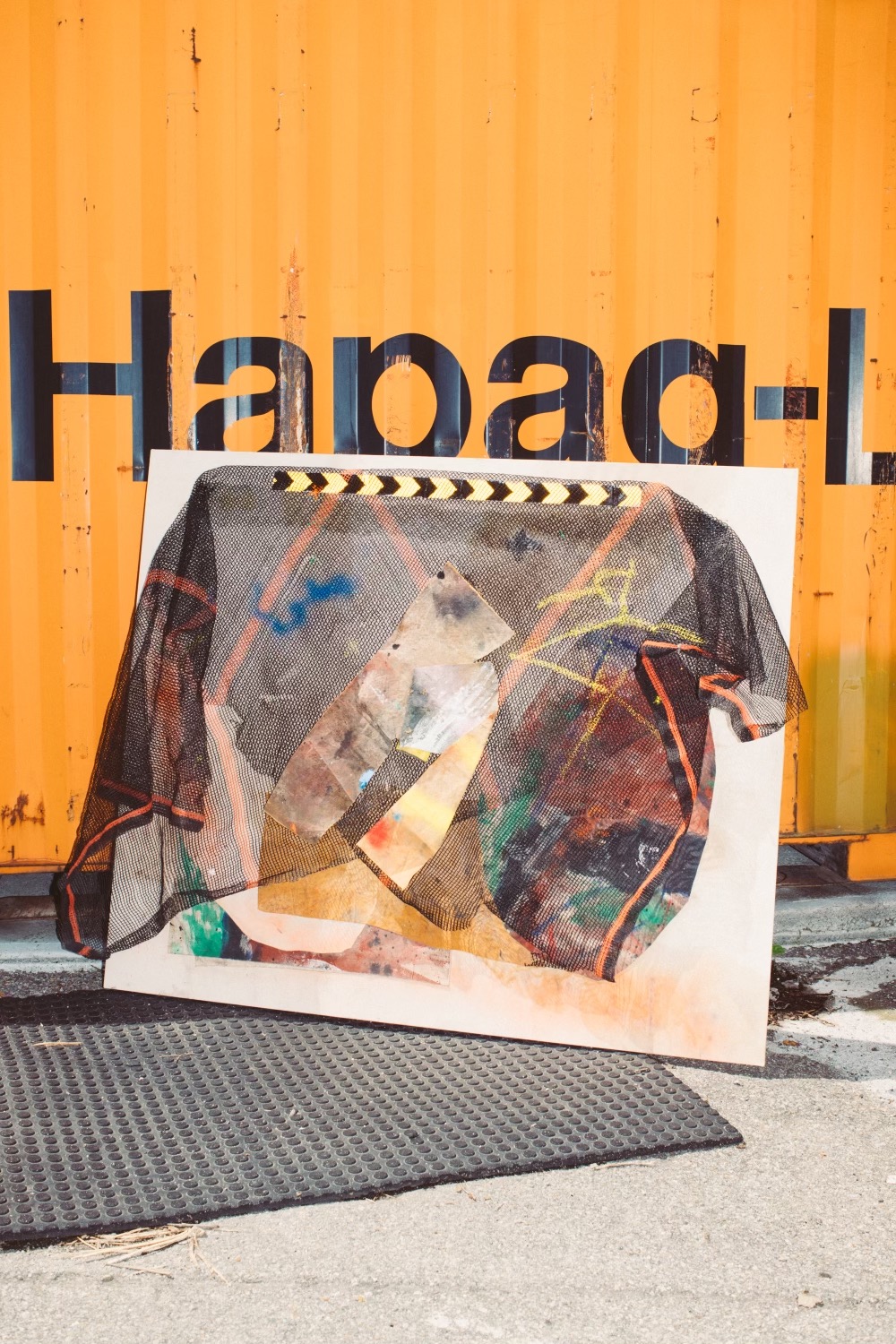
The compositions of Salomão’s paintings are an amalgamation of sourced materials, graffiti, and oil paint, accentuated by Japanese caligraphy-inspired brushstrokes and a palpable sense of urgency. “A lot of my work has these collages of patches, fabric that I've been collecting, or that I maybe already painted. And I think they have a life of their own own and own knowledge” he observes. “I also brought in elements of a construction site, little things that I saw on the street that I love in terms of the mask that they used in construction, and I like this urban fascination for imperfection.”
While painting allows Salomão to articulate the thickness of his mind, works on paper oftentimes are an easier form of expression. “My art is completed by the viewer. I give a lot of gaps for the imagination, for one's perspective” he expresses. Inspired by his father’s poetry and ephemera that was recently passed down to Salomão, “CIRCO DE VISÕES," came to be through “this unconscious world of symbols, archetypes, and title cards” in his words. “My father being a poet, and leaving me so many artifacts, little journeys, and poems, I was looking for a name–and it came to me.”
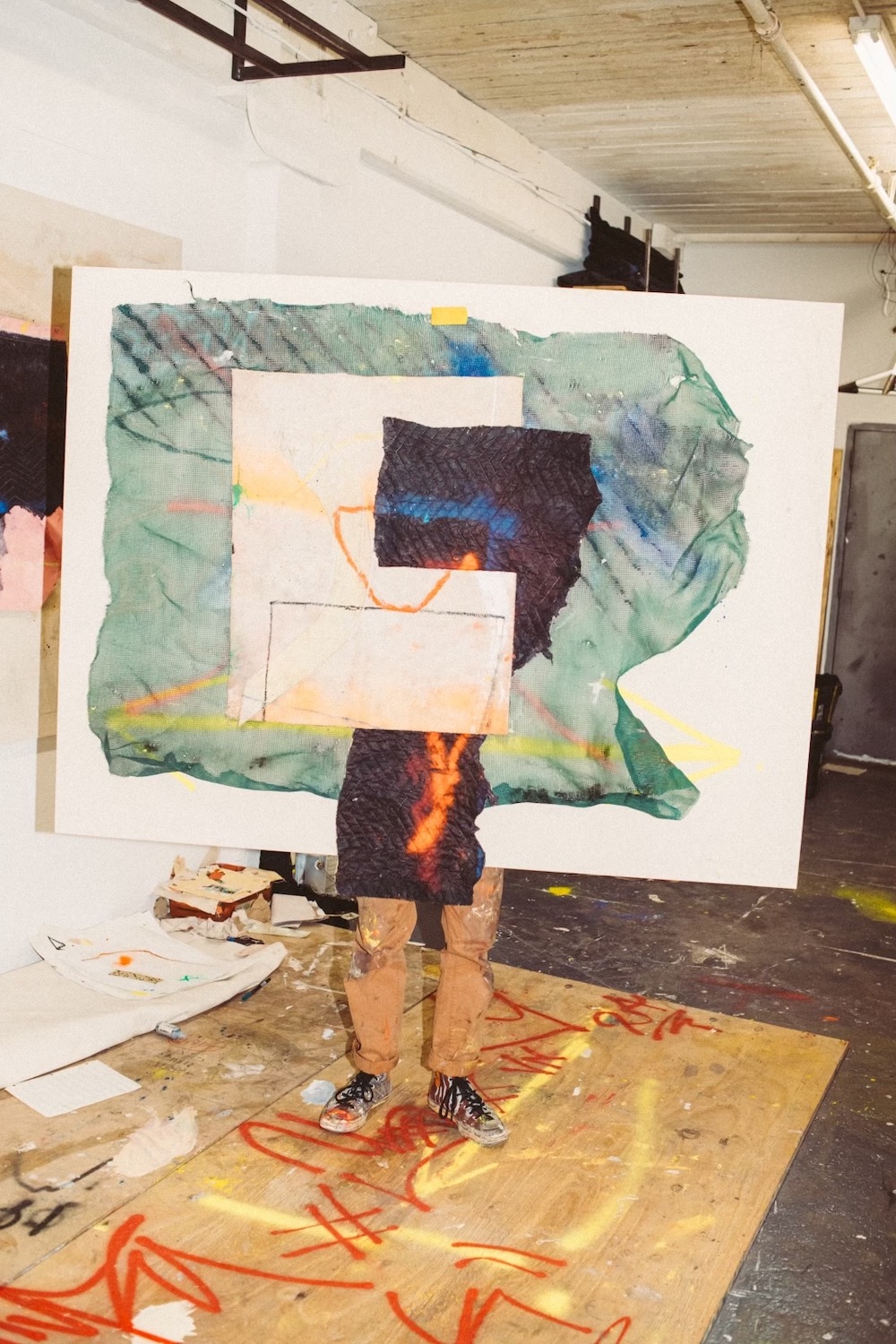
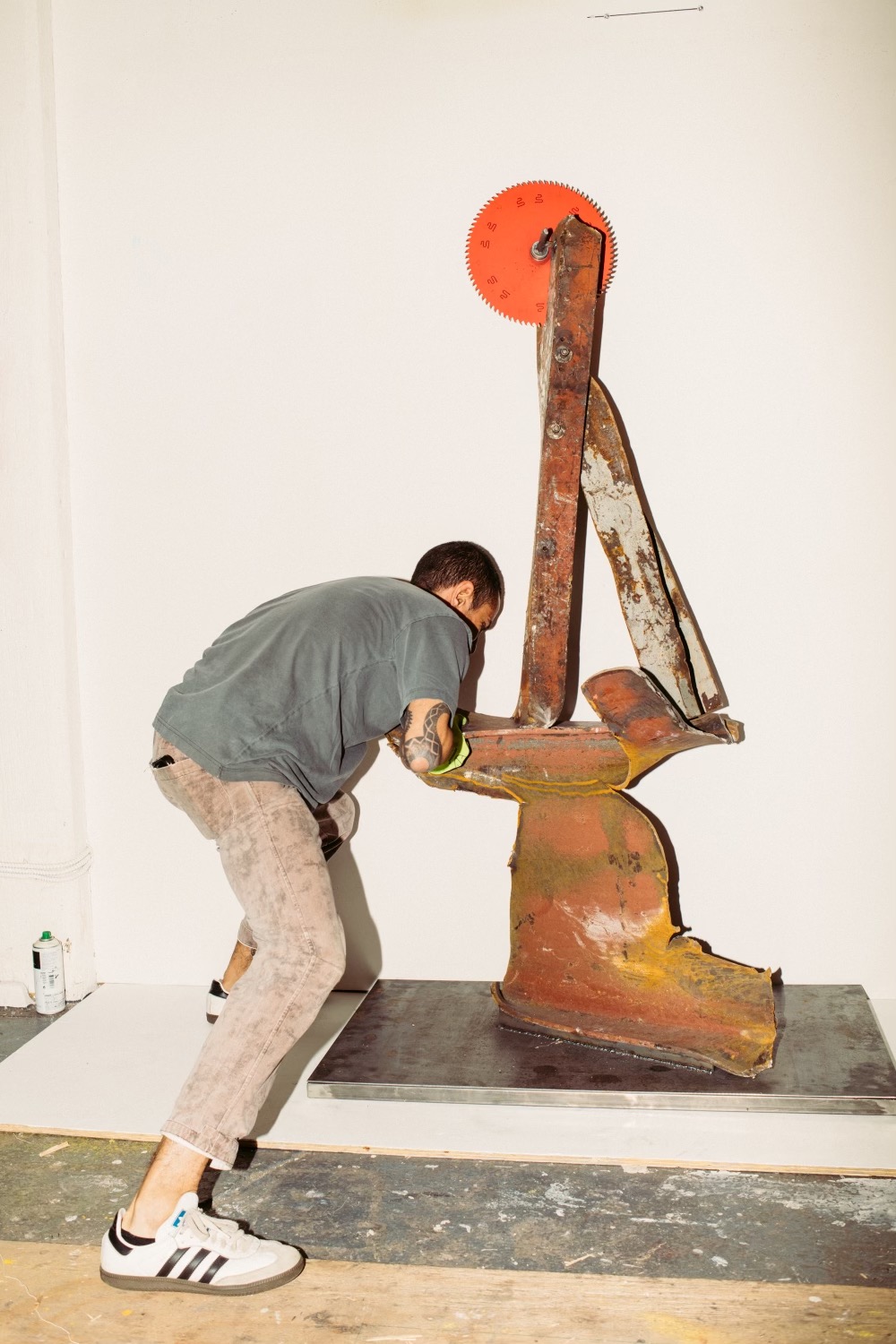
Anchoring the show is a new arrival for Salomão, where he is presenting a sculptural homage to Marcel Duchamp’s 1913 Bicycle Wheel. Tied to the spirituality of Dadaism and Duchamp’s artistic objectives, Salomão's art merges his external and internal worlds, unified by the spirituality that connects them.
As you step back and observe the dialogue within each of Salomão’s artworks, a collective exhale takes place. In a world constantly in pain, with futures appearing increasingly bleak, Salomão’s art serves as a reminder that accessing a higher consciousness through art, music, and meditation can foster a stronger, more connected sense of being with the world around us. He states, "I realized very early on that spirituality is something for us to connect to within our lives. Often, we are so consumed with our outer world and everything happening there that we forget our inner world and the importance of tapping into that."
“CIRCO DE VISÕES” is on view at Gallery 495, Catskills, New York, running through July 27.
